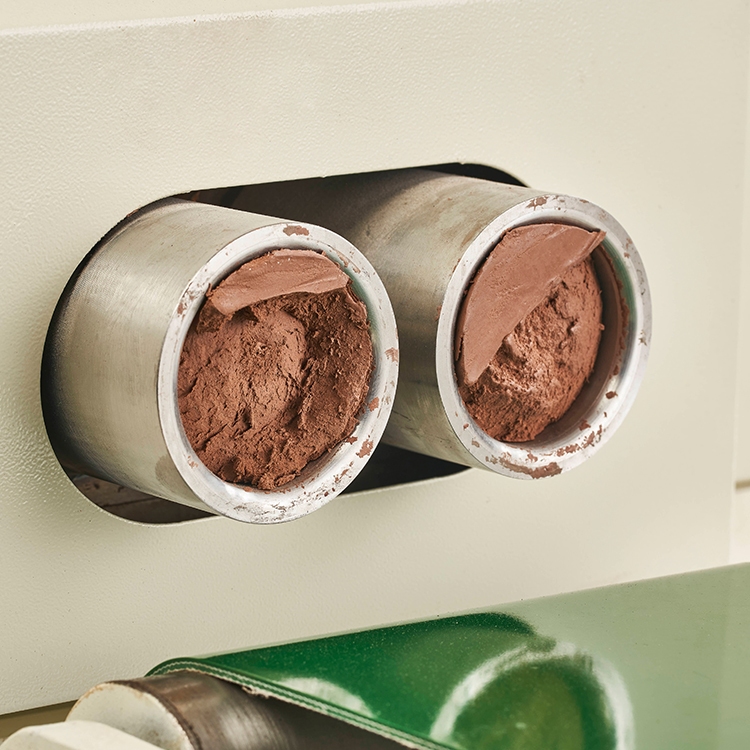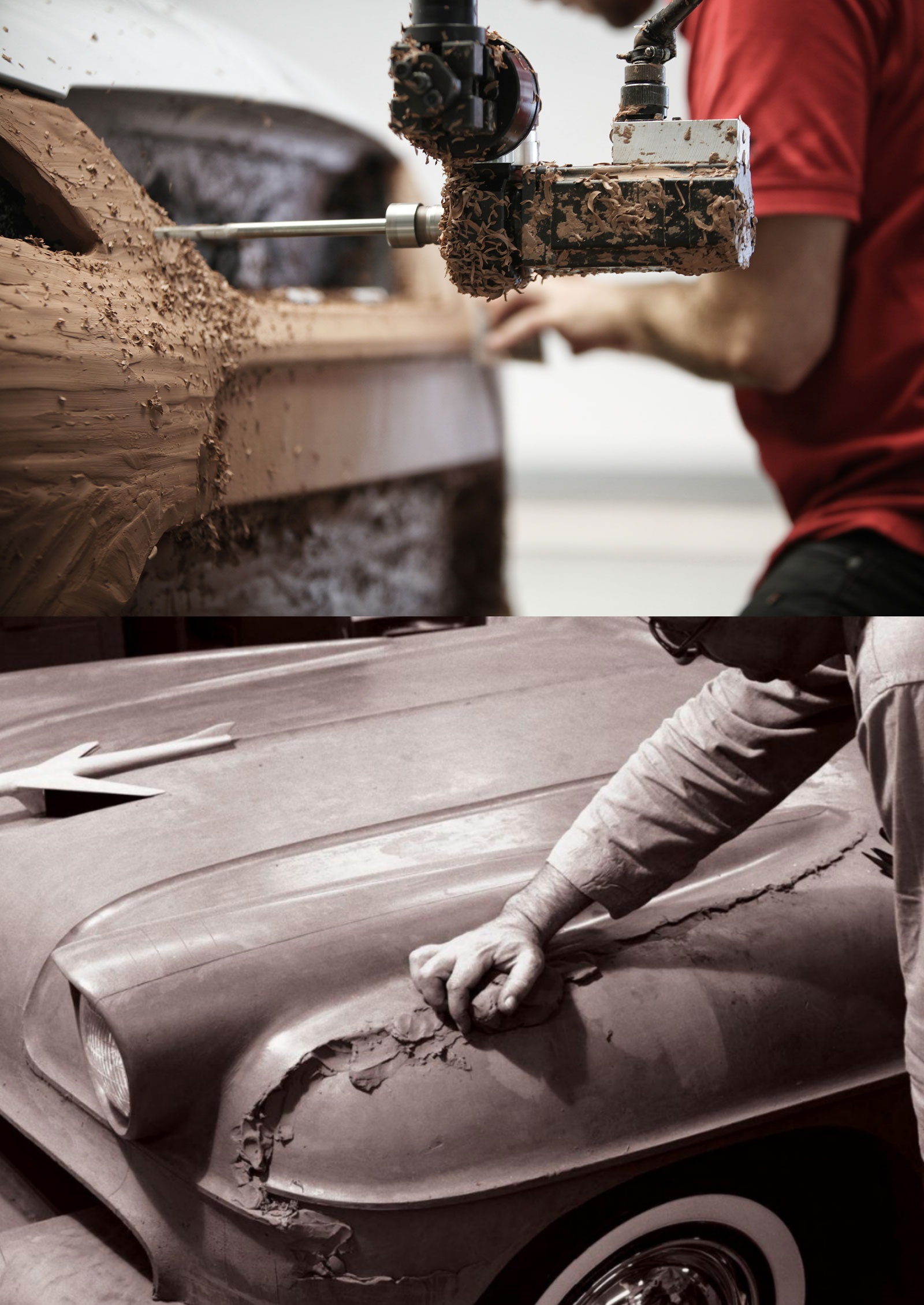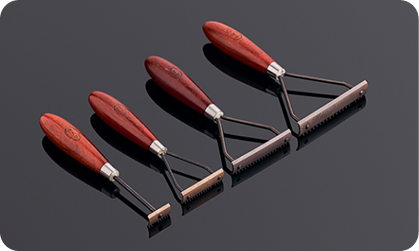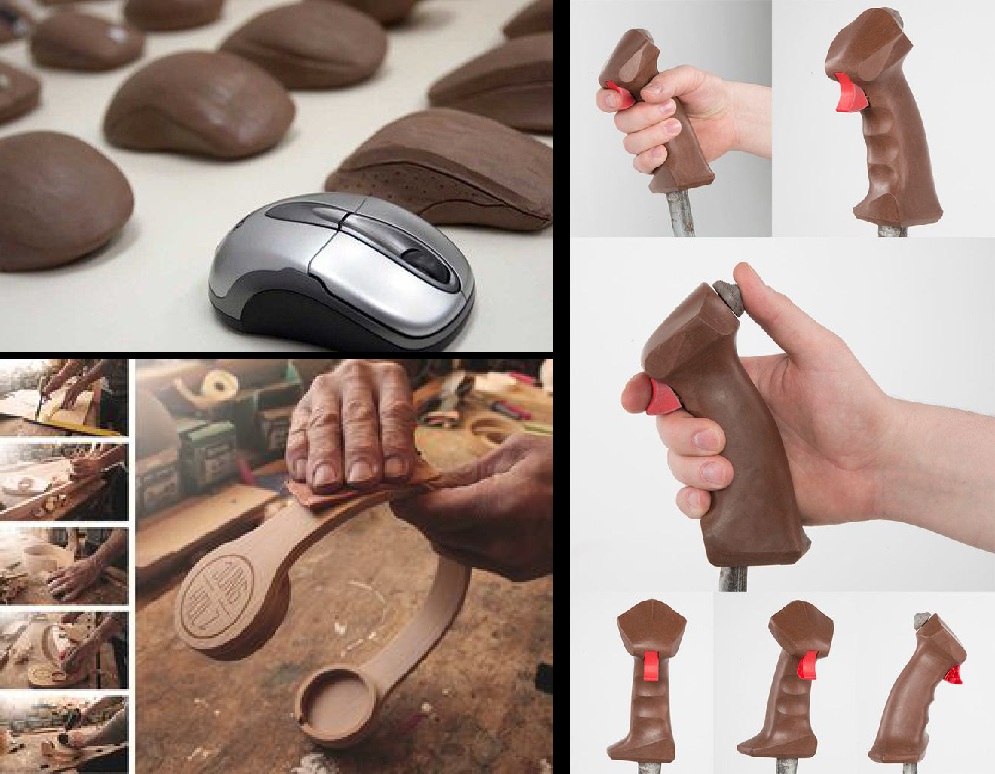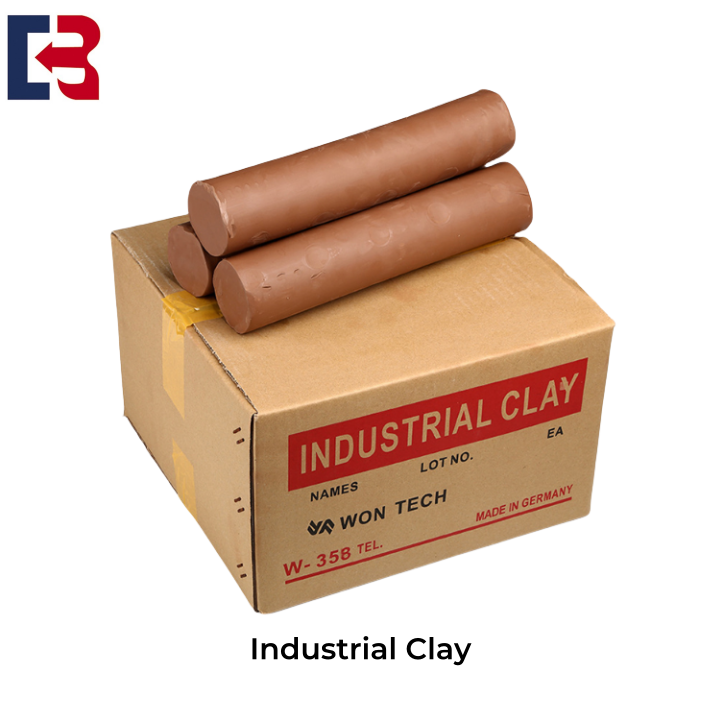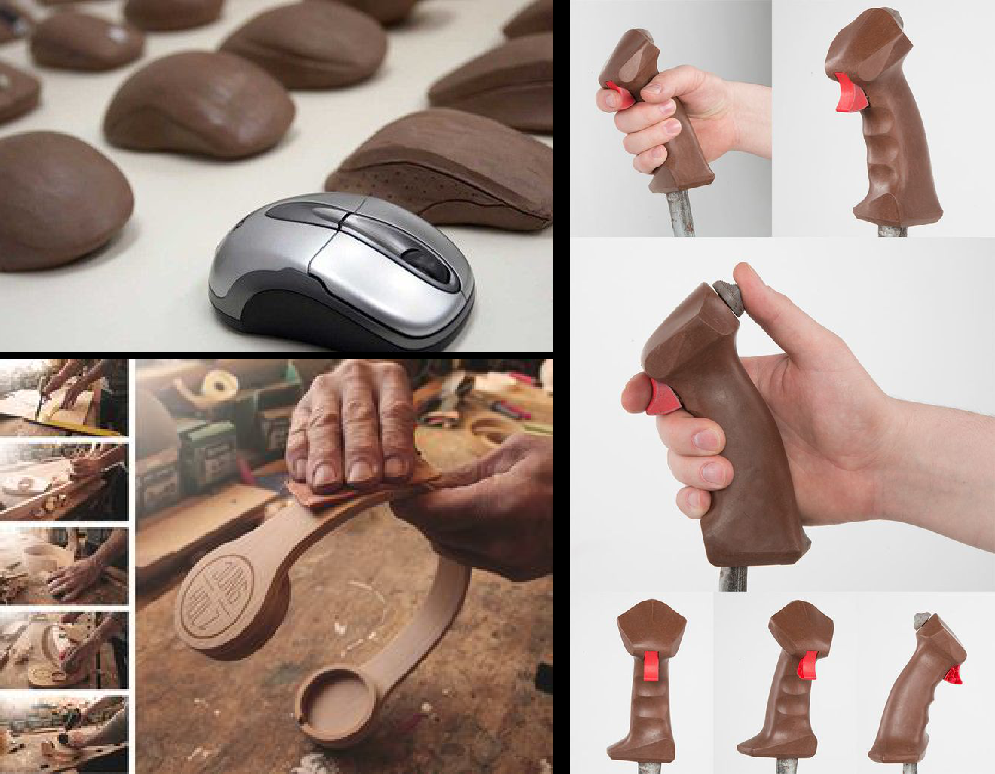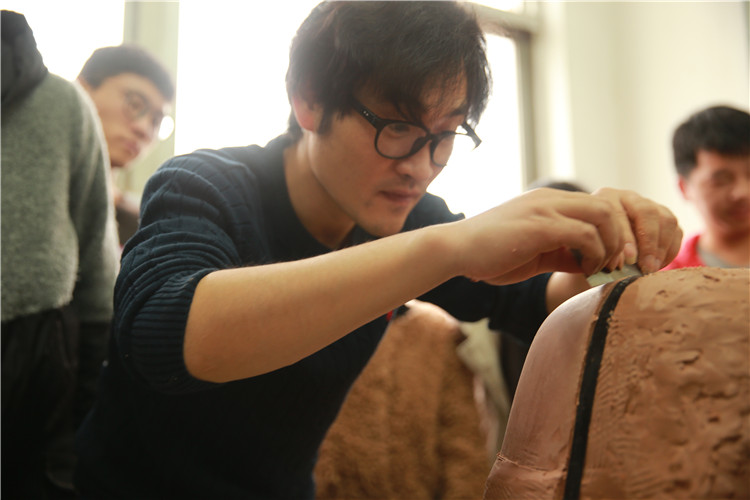
 Apr 01,2024
Apr 01,2024
 BOMI SHANGHAI
BOMI SHANGHAI
 474
474
In the heart of every automotive design studio, clay remains an indispensable medium. Despite the rise of digital tools and CNC milling technologies, clay’s tactile flexibility, additive-subtractive capability, and creative immediacy keep it firmly at the center of physical prototyping. But as studios push for more sustainable practices, one question comes into focus: what happens to the clay once a model is done?
At BOMI, that question is driving innovation.
Following the successful delivery of our clay recycling system to the Changan Design Center in Chongqing, we are now preparing to ship an upgraded unit to SAIC Motor. These installations mark a growing recognition among leading OEMs that clay is not a disposable resource
Each cycle of scraping, collecting, reheating, and reshaping clay not only reduces material costs but also supports a more sustainable design workflow. More importantly, it gives designers the freedom to experiment and iterate without the burden of waste.
Of course, effective recycling depends on proper studio practices. Floor dirt and foam contamination remain the primary barriers to reuse. Some studios mitigate this by laying protective plastic film during modeling to keep the clay clean. Recycled clay may not be suited for final surfacing, but it performs exceptionally well as a first buildup layer on foam bucks—giving the material new life with minimal compromise.
Instead of banning clay for the sake of sustainability, we believe in recycling it. That’s the direction we’re heading.
As the industry looks toward greener design solutions, BOMI is proud to provide reliable support and collaborate on technical advancements that push clay modeling into a more sustainable future.
